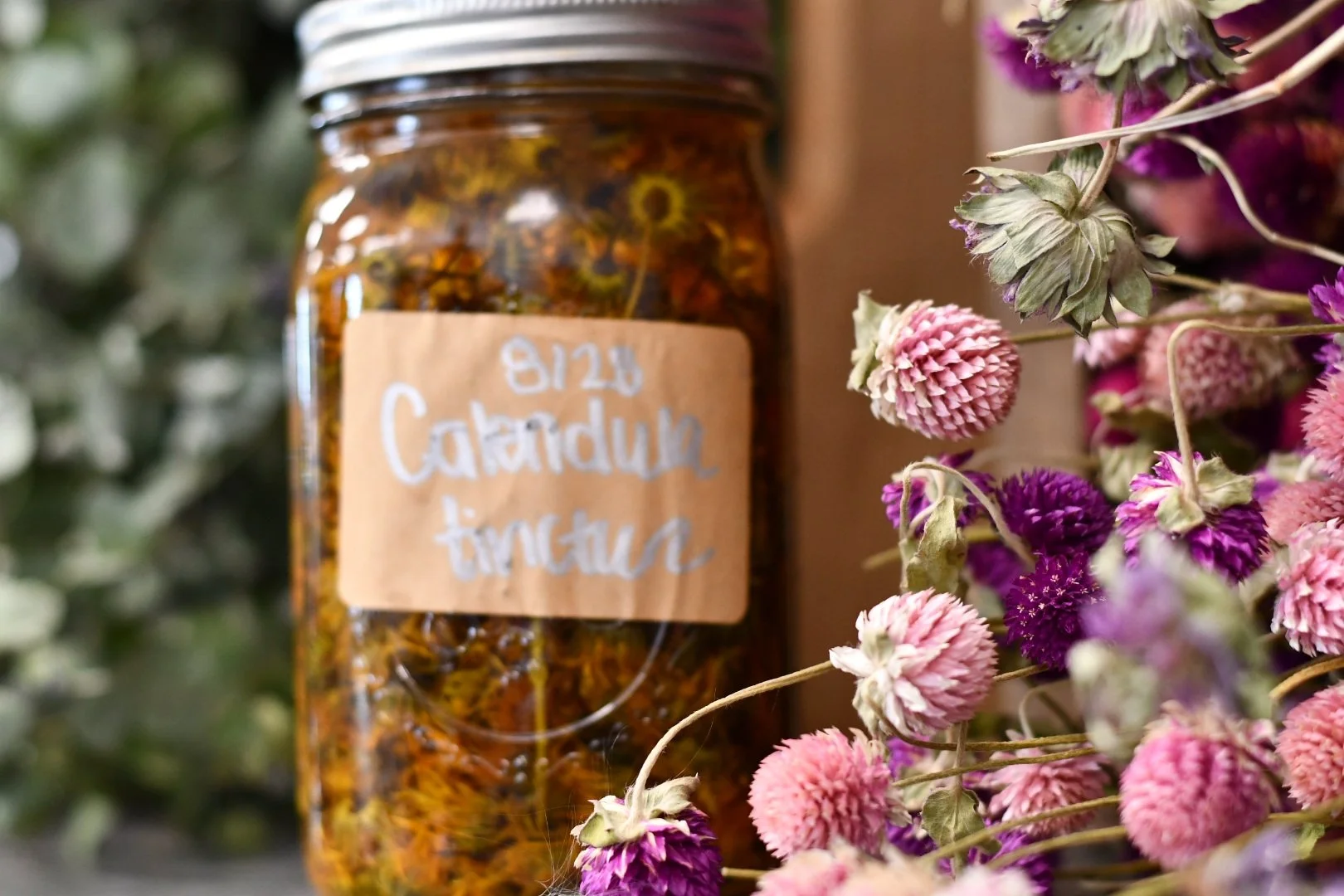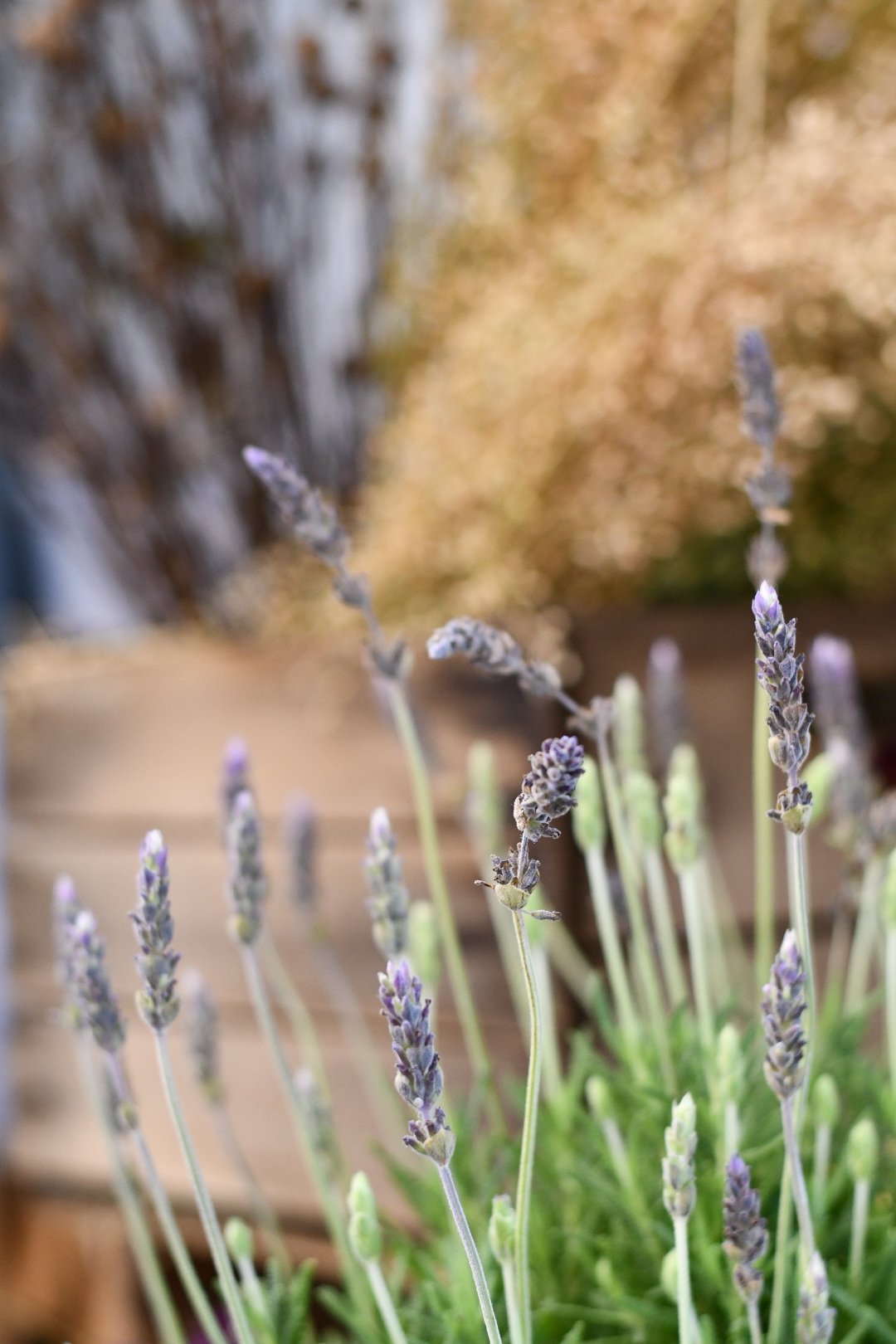The Curative Power of Plants: Medicinal Herbal Recipes
Tiffany West
Explore the healing magic of plants.
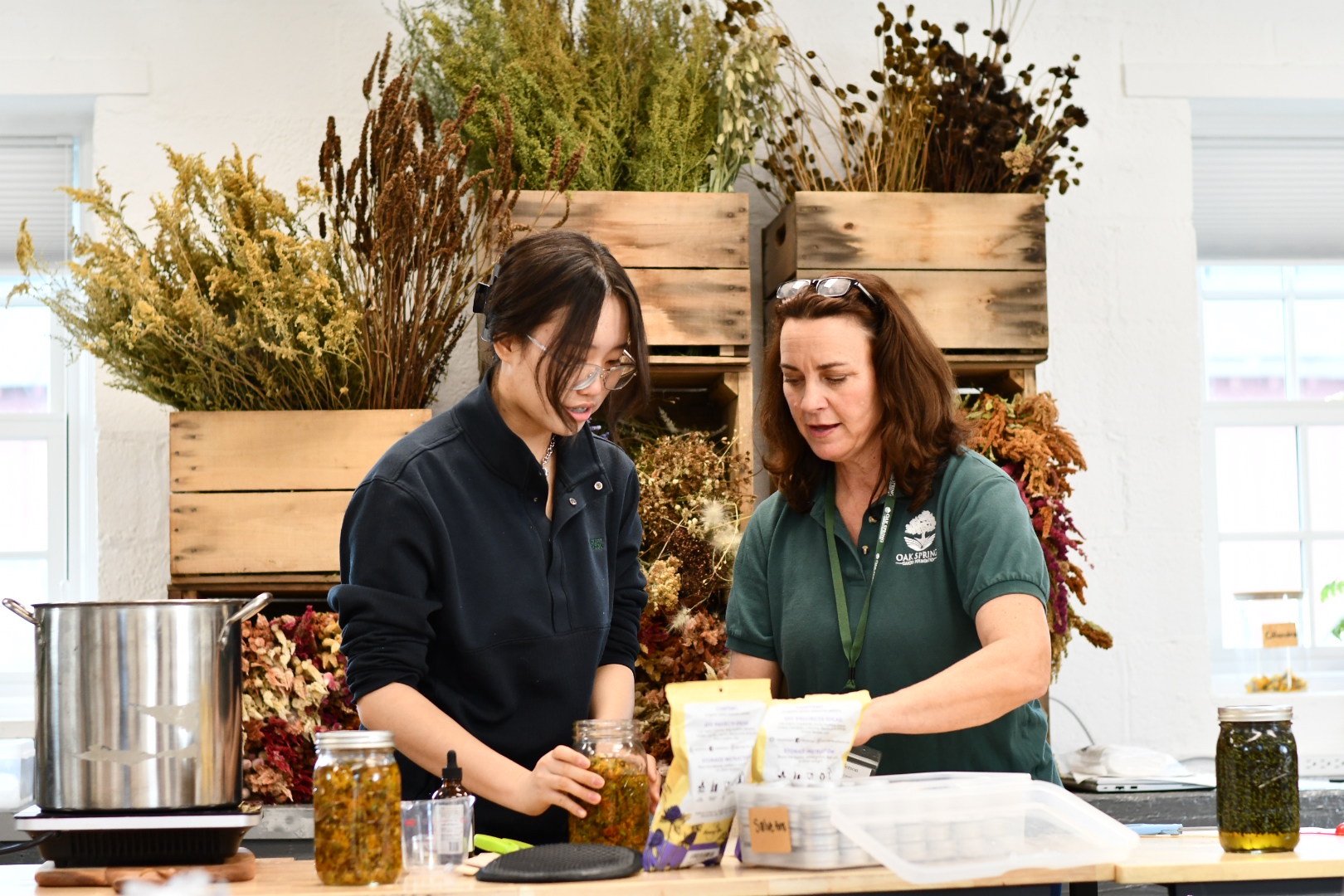
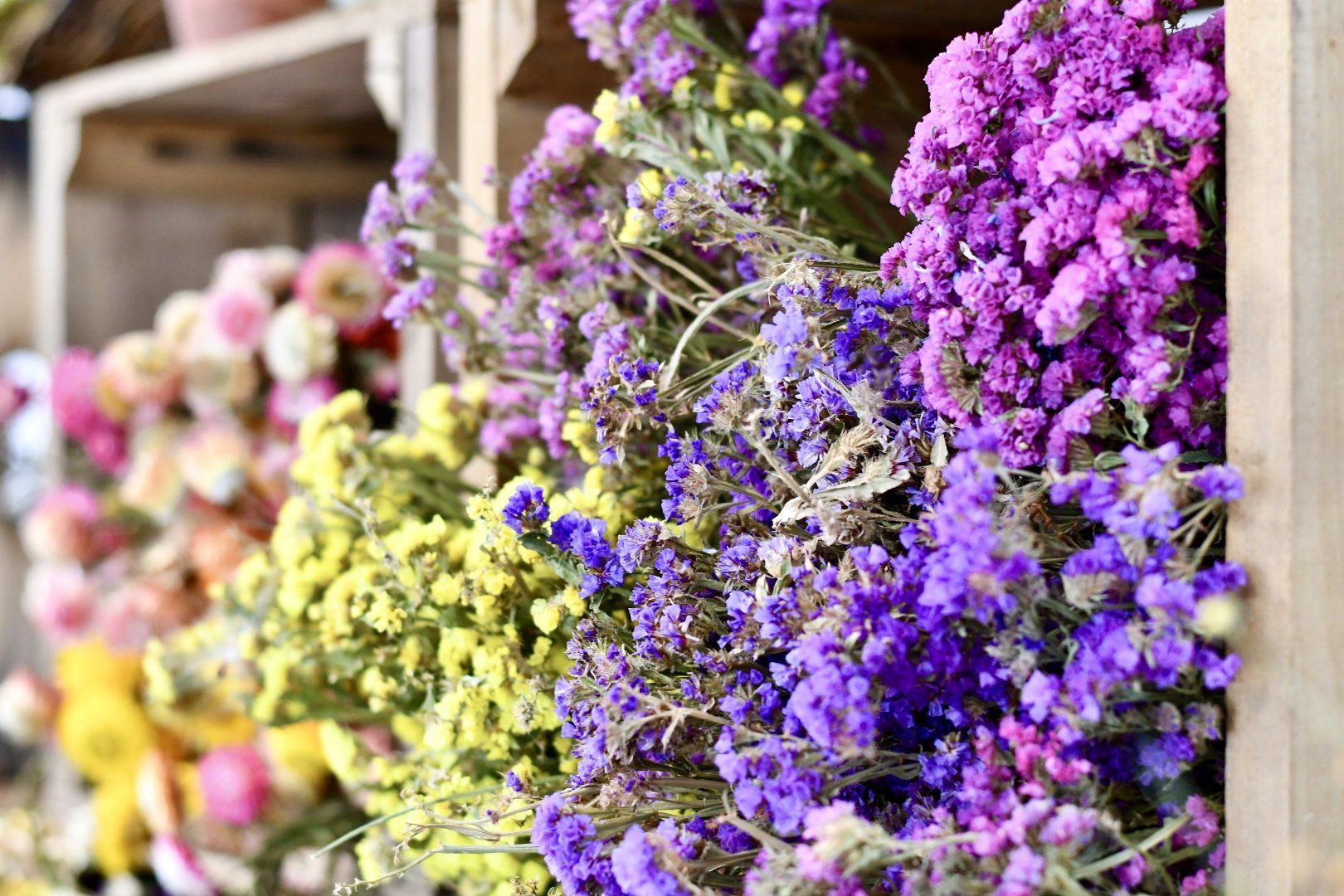
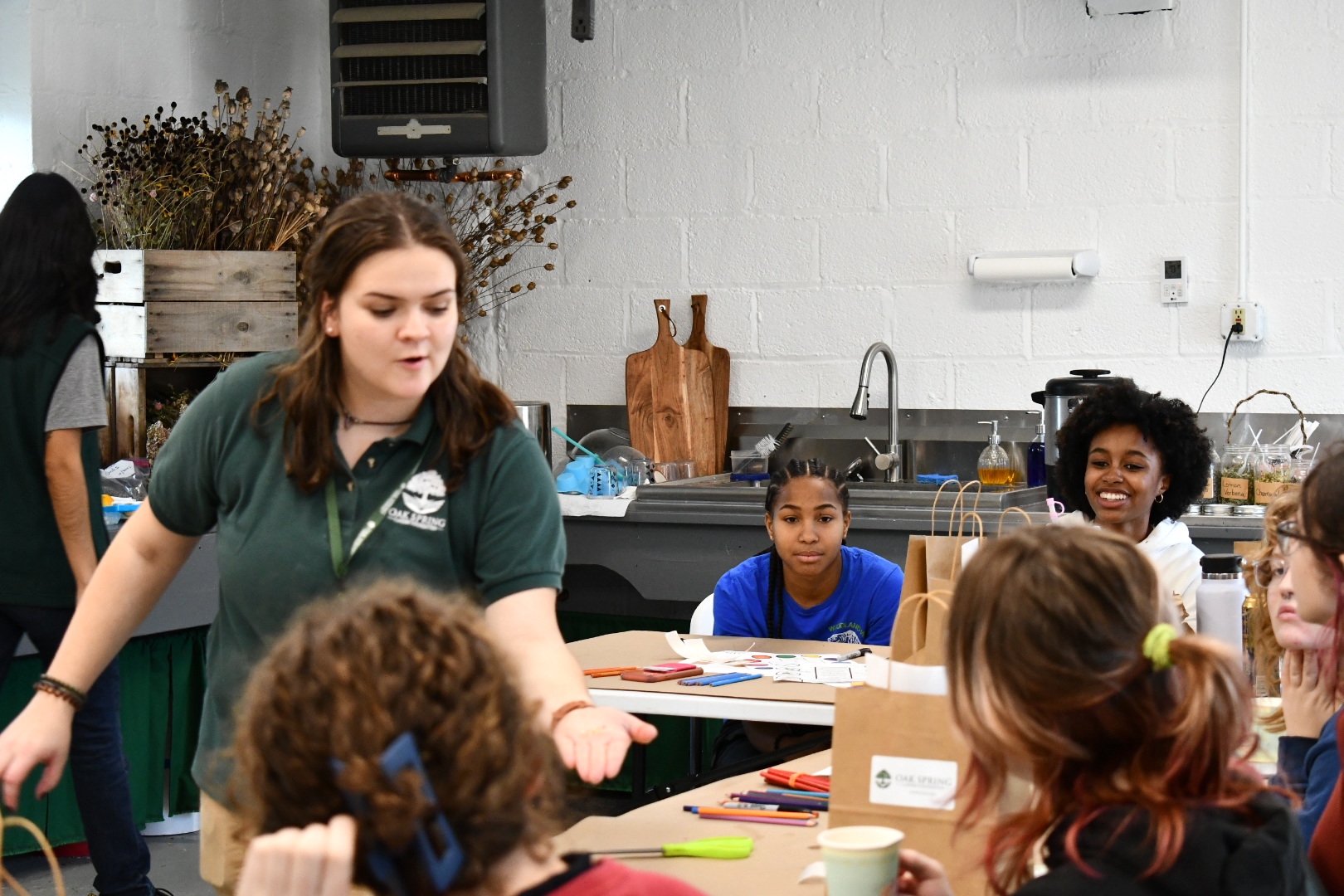
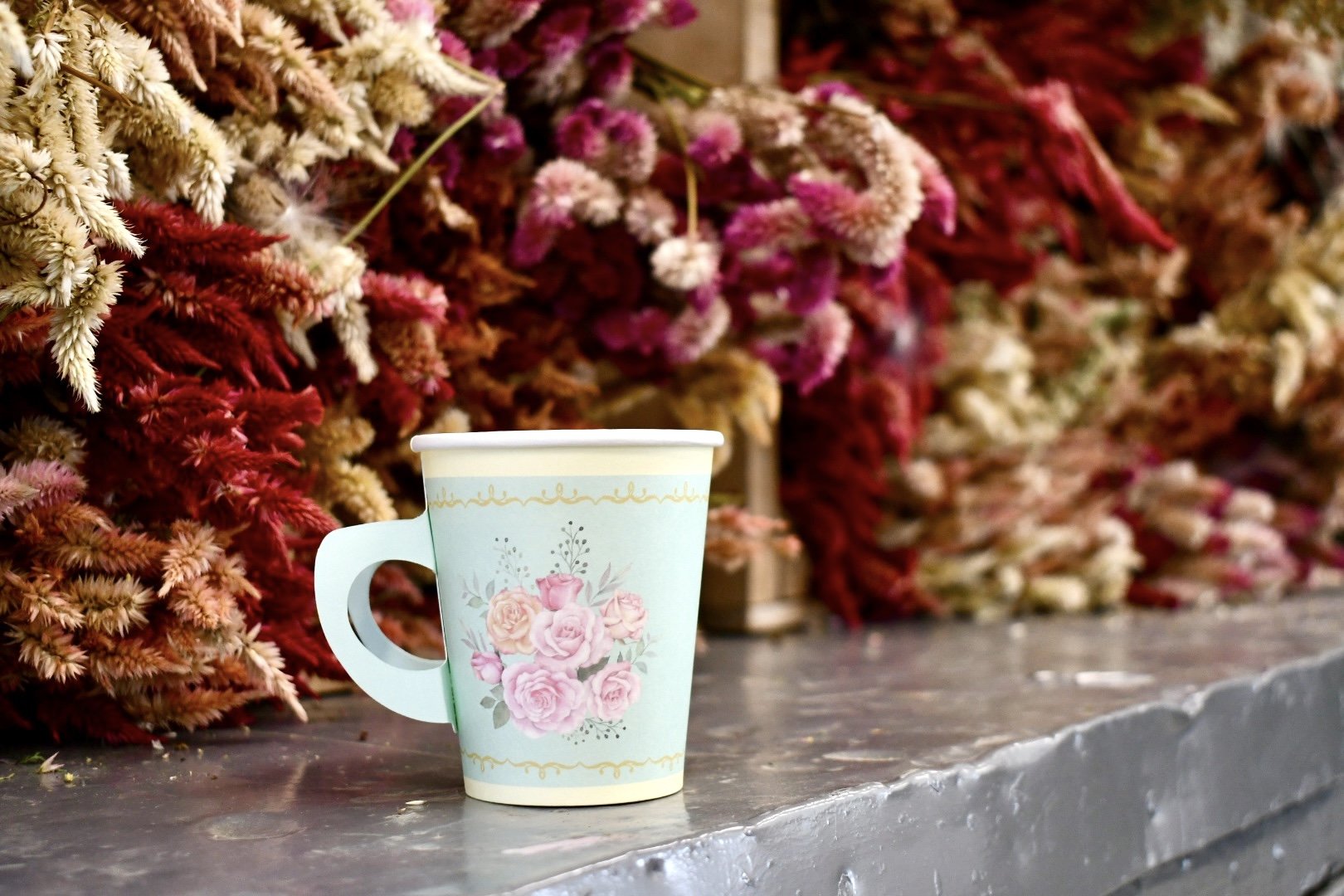
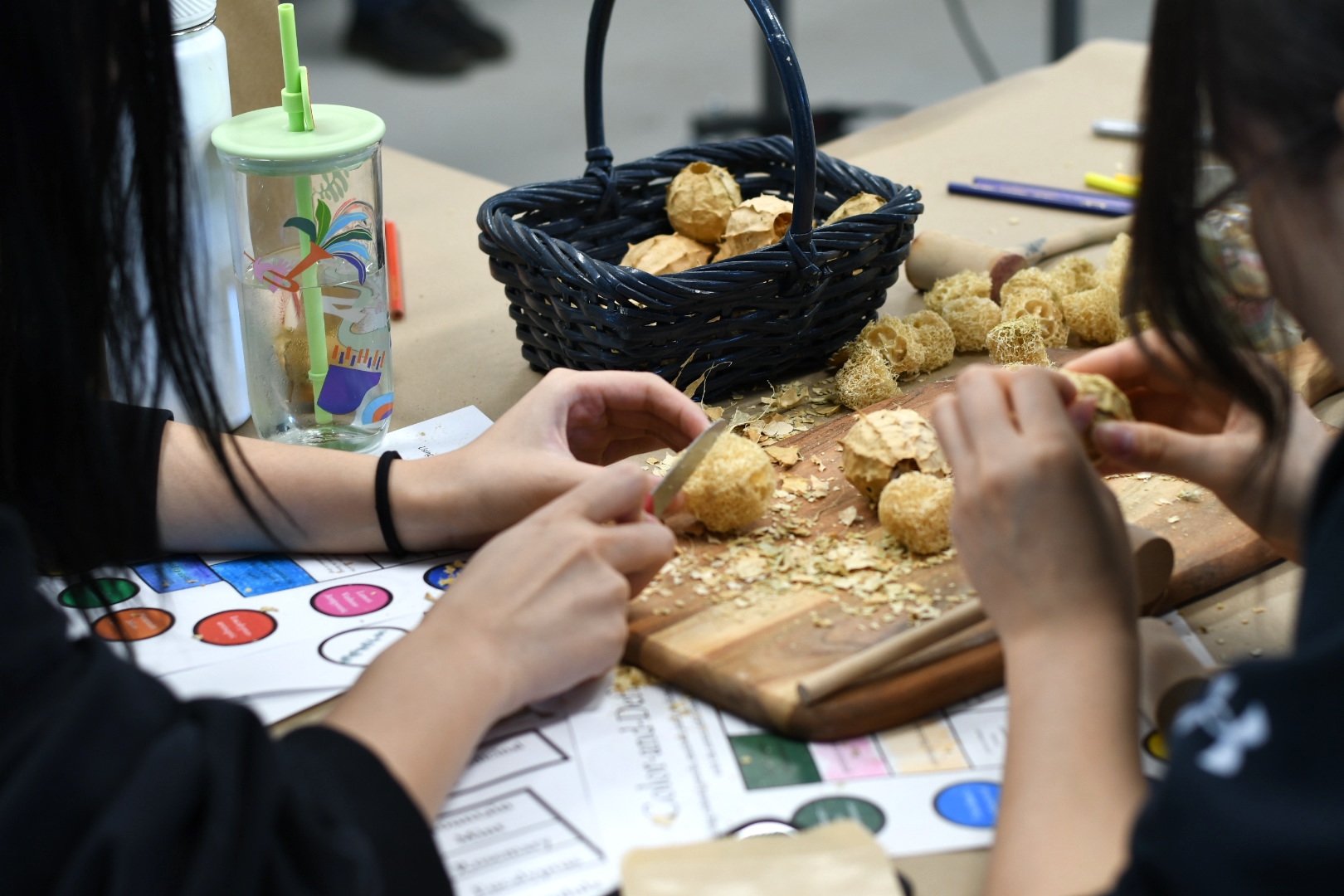
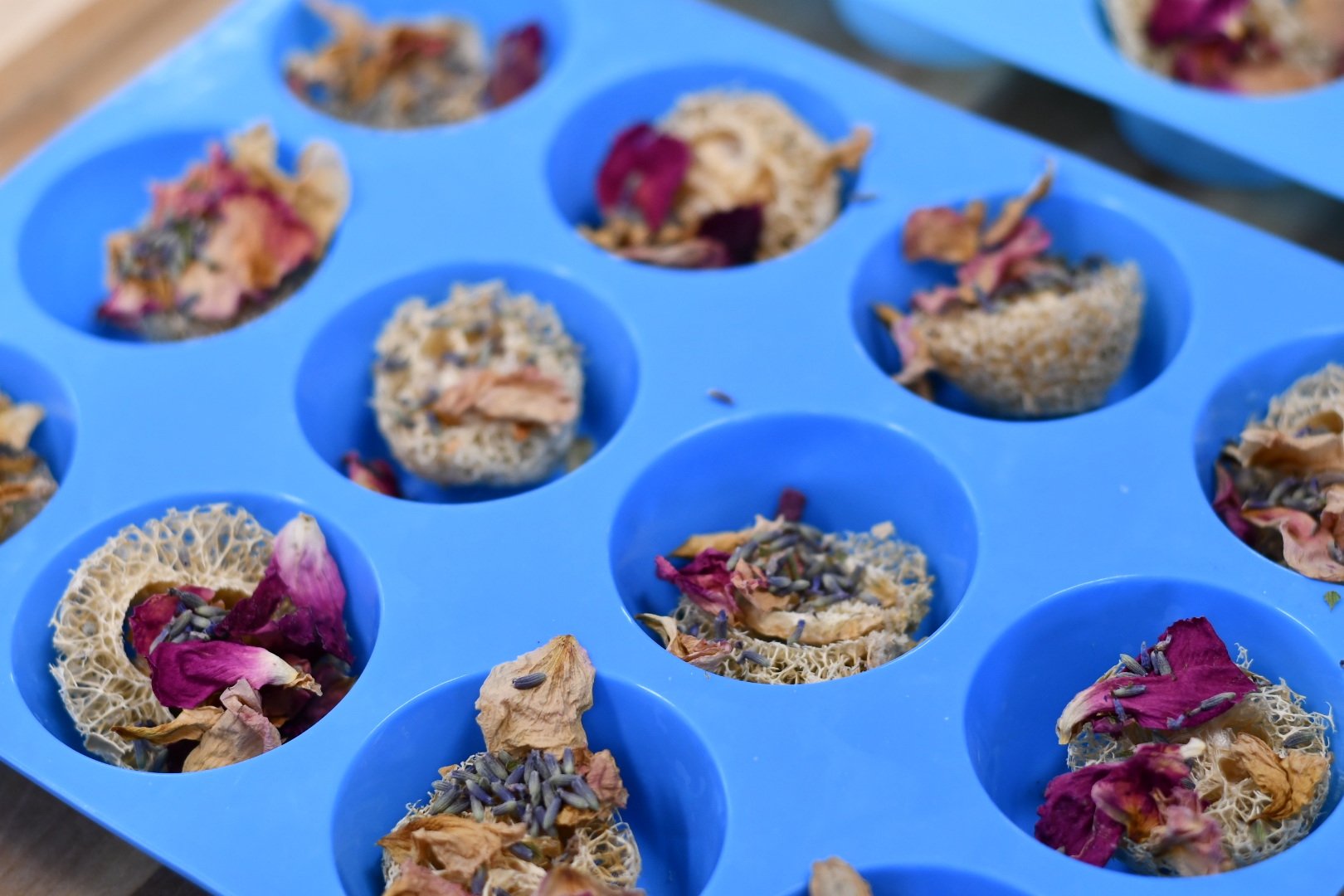
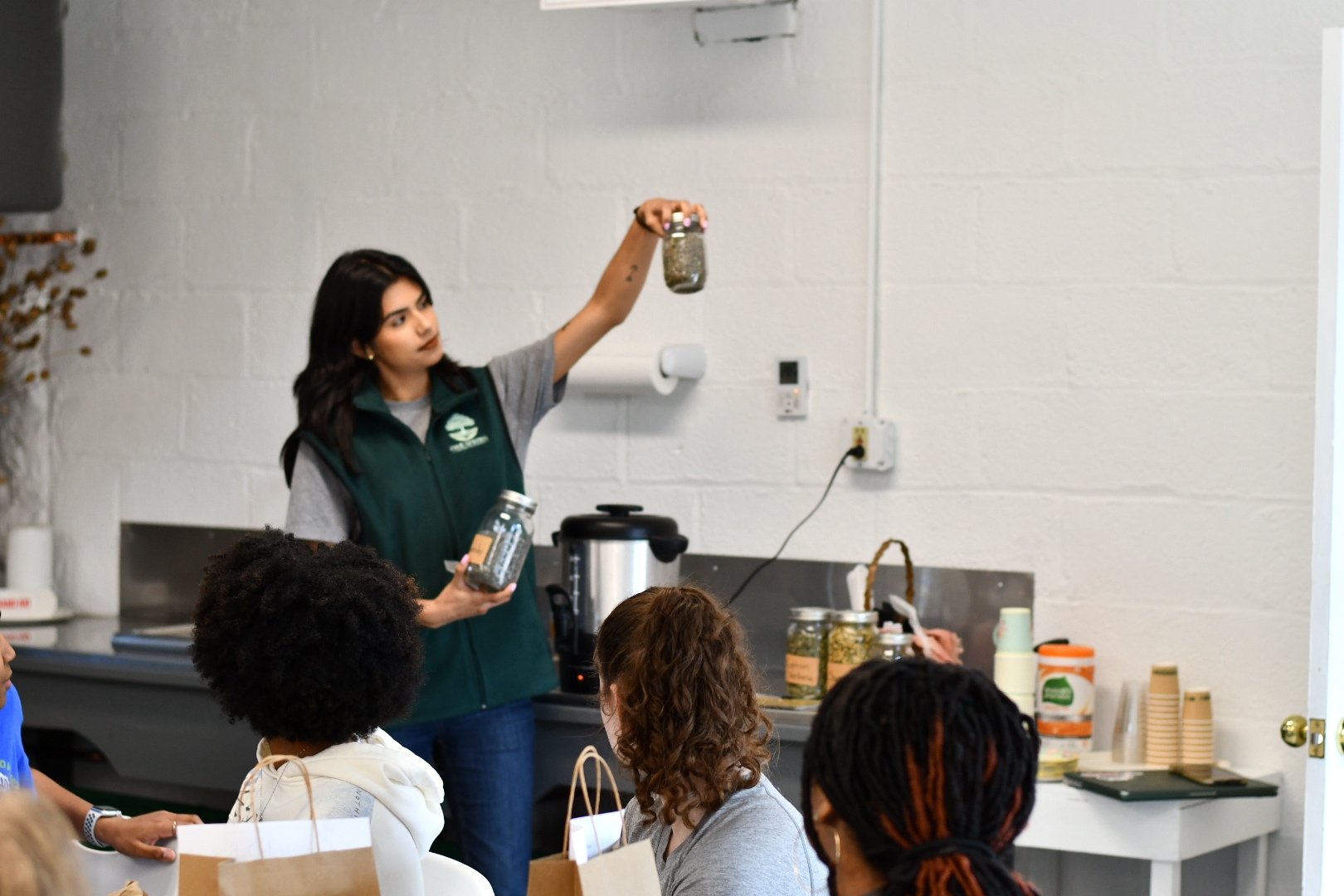
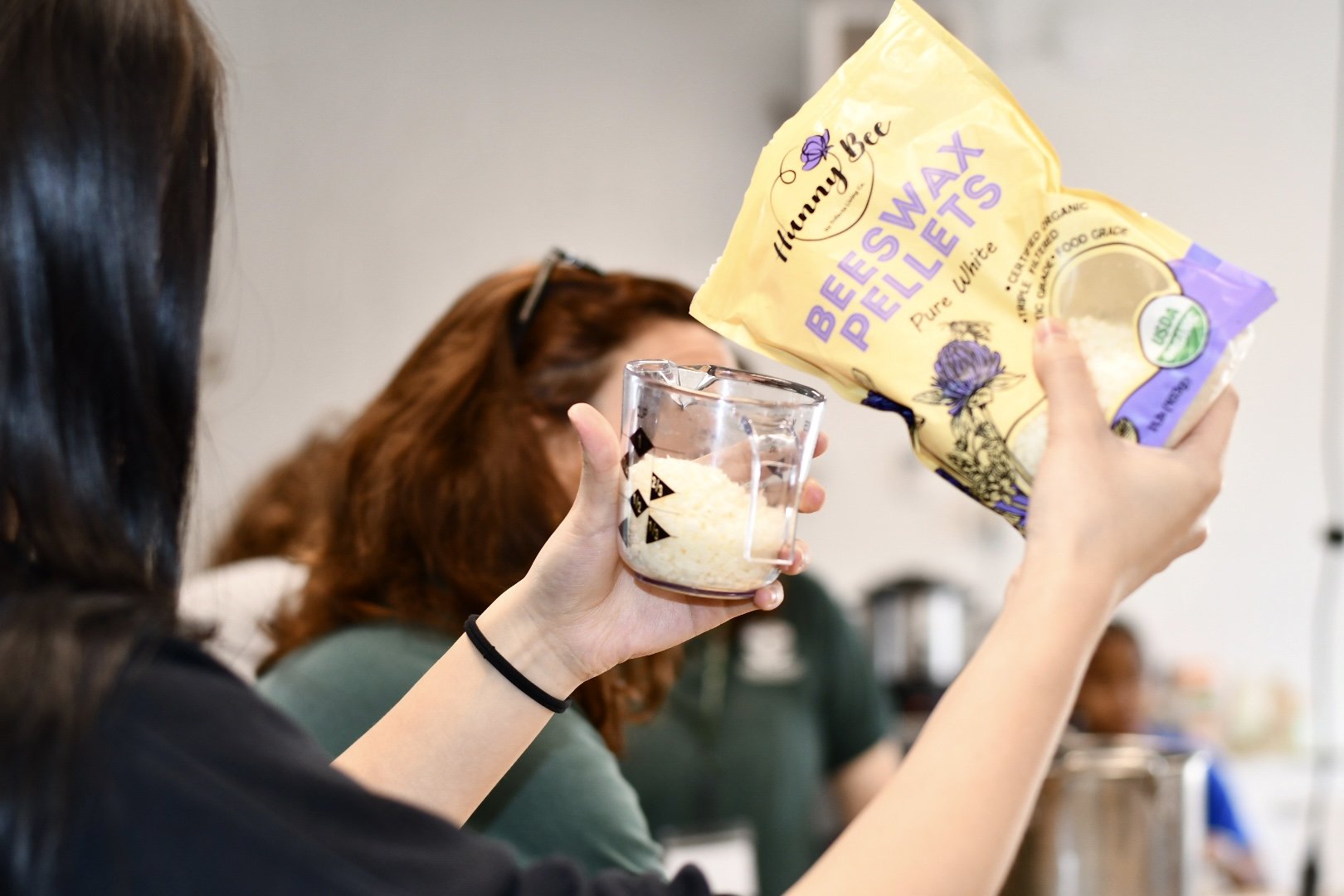
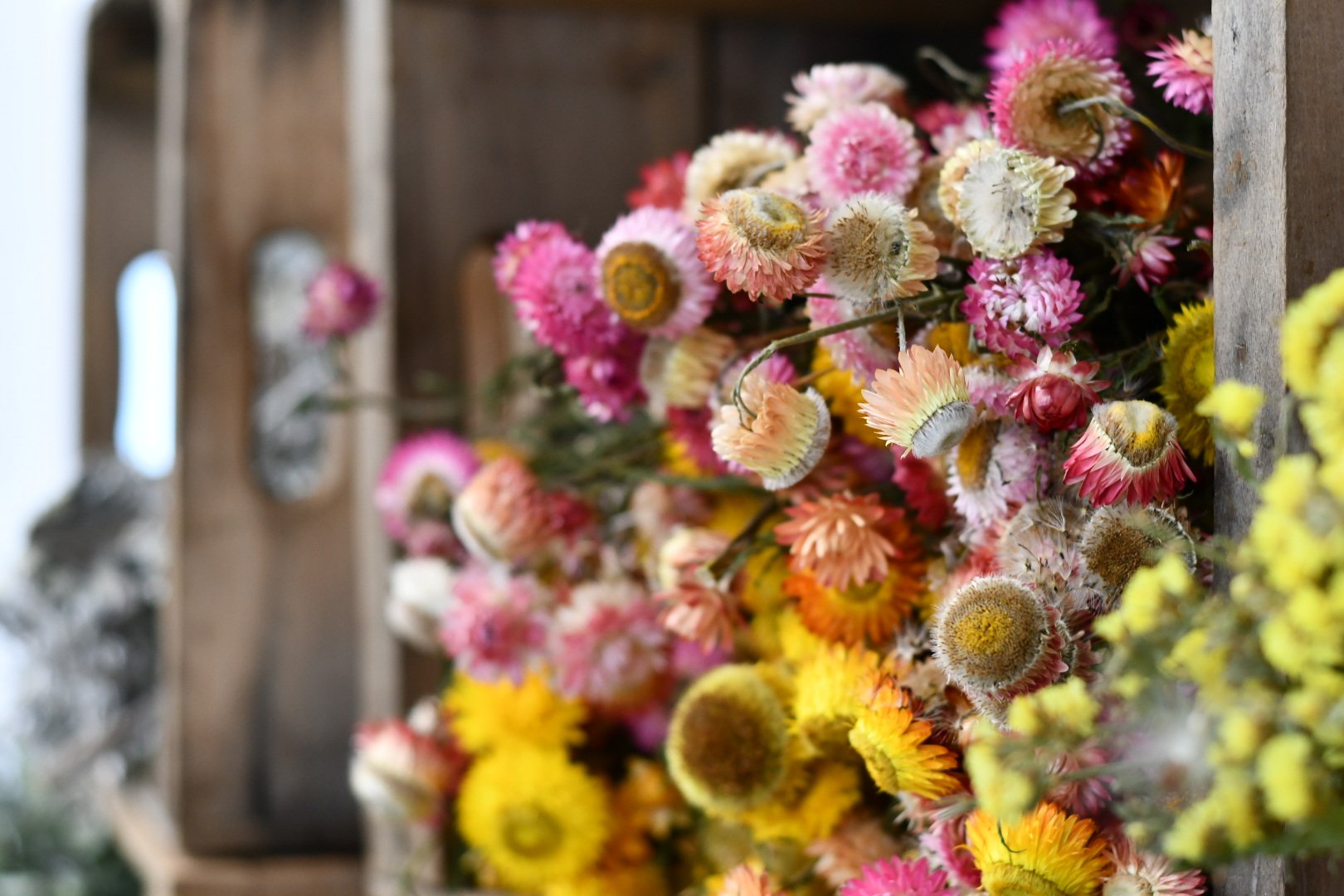
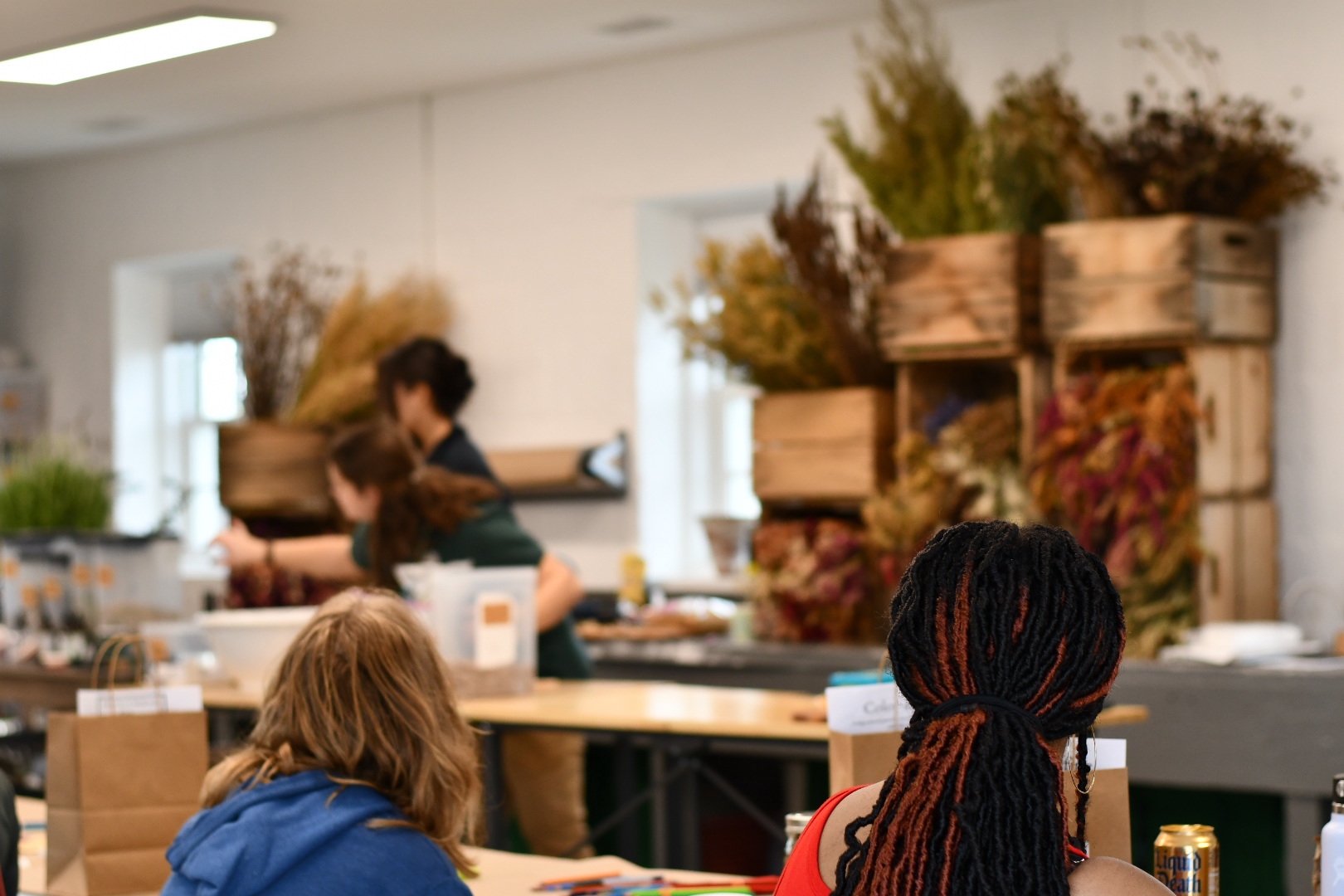
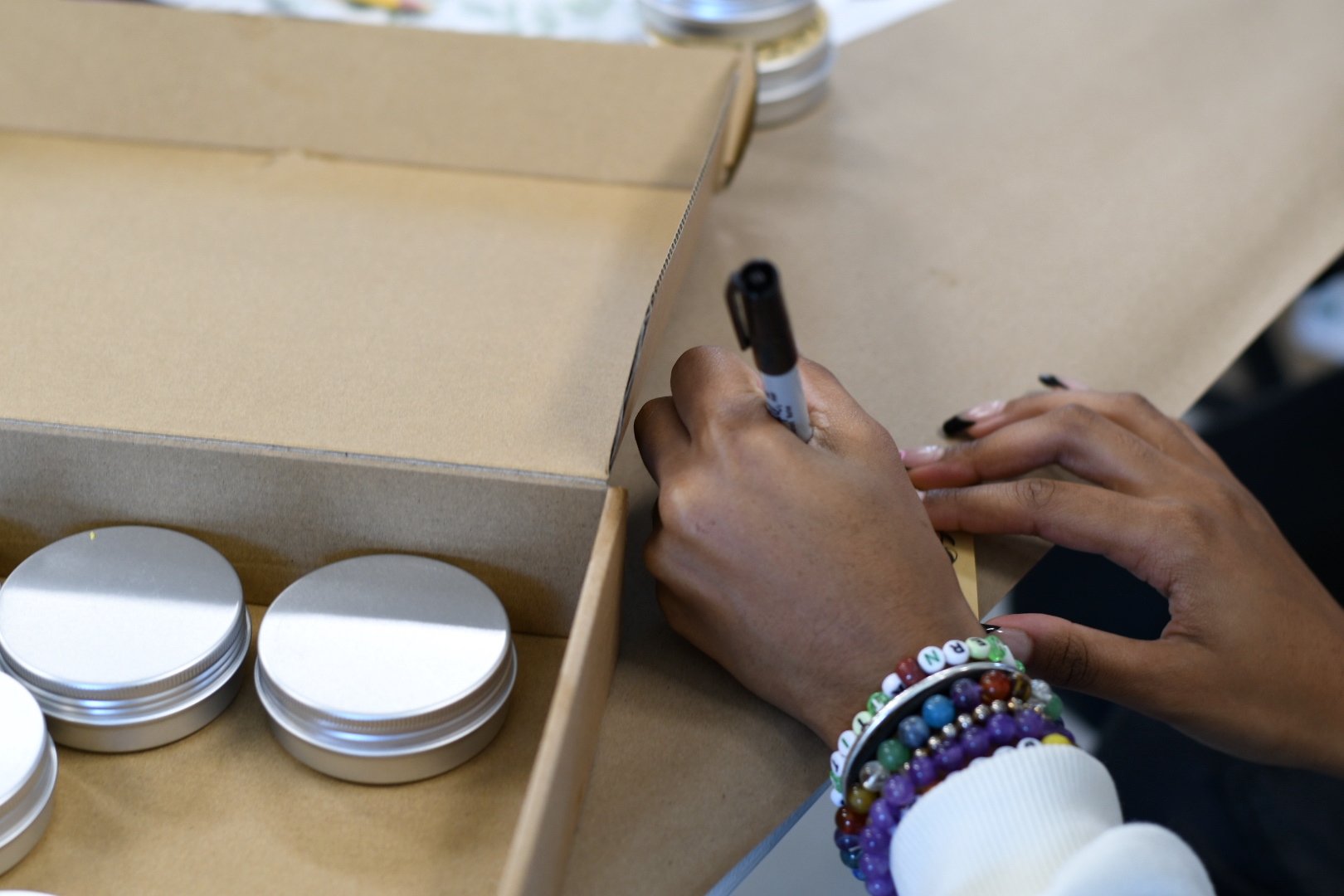
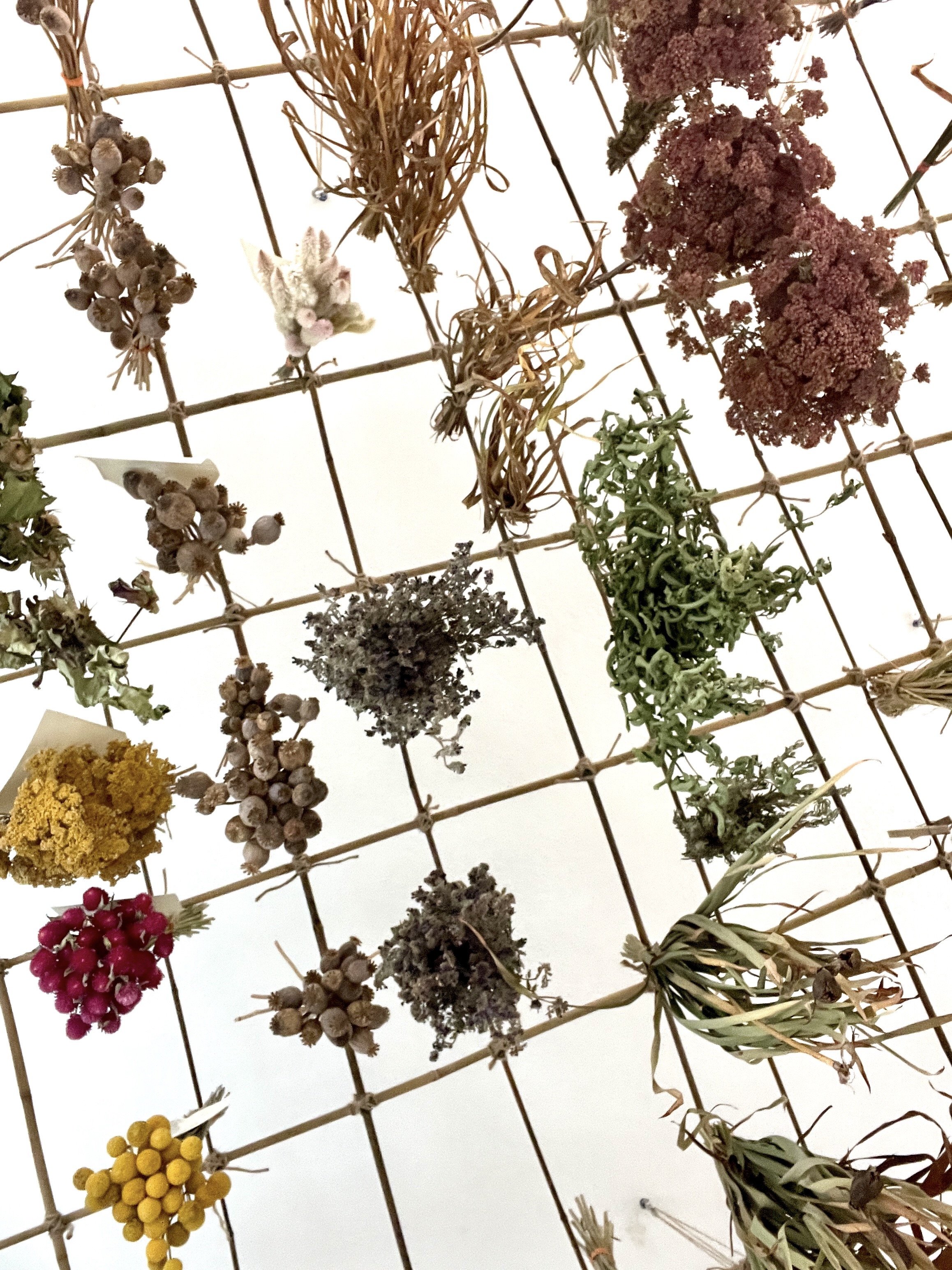
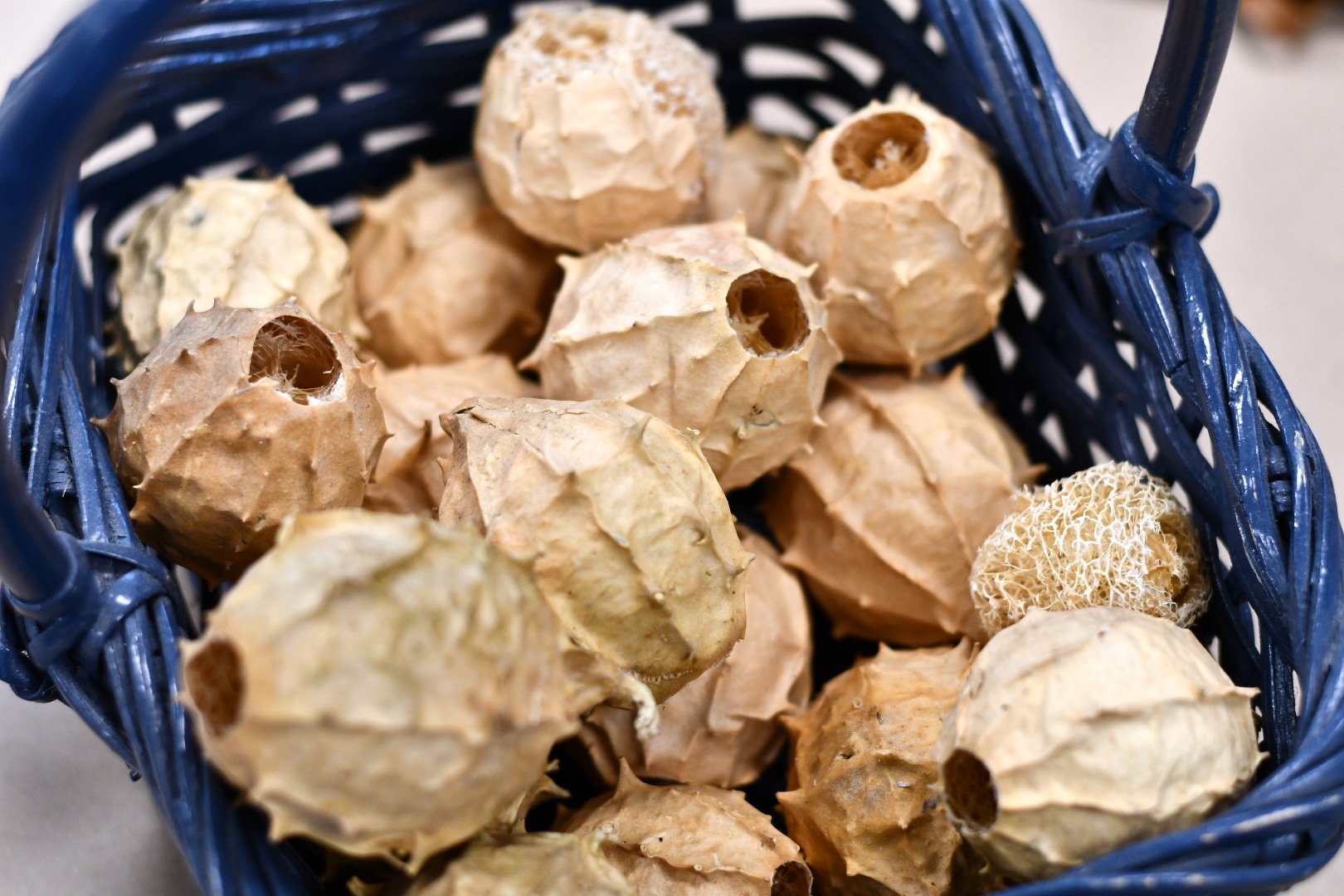
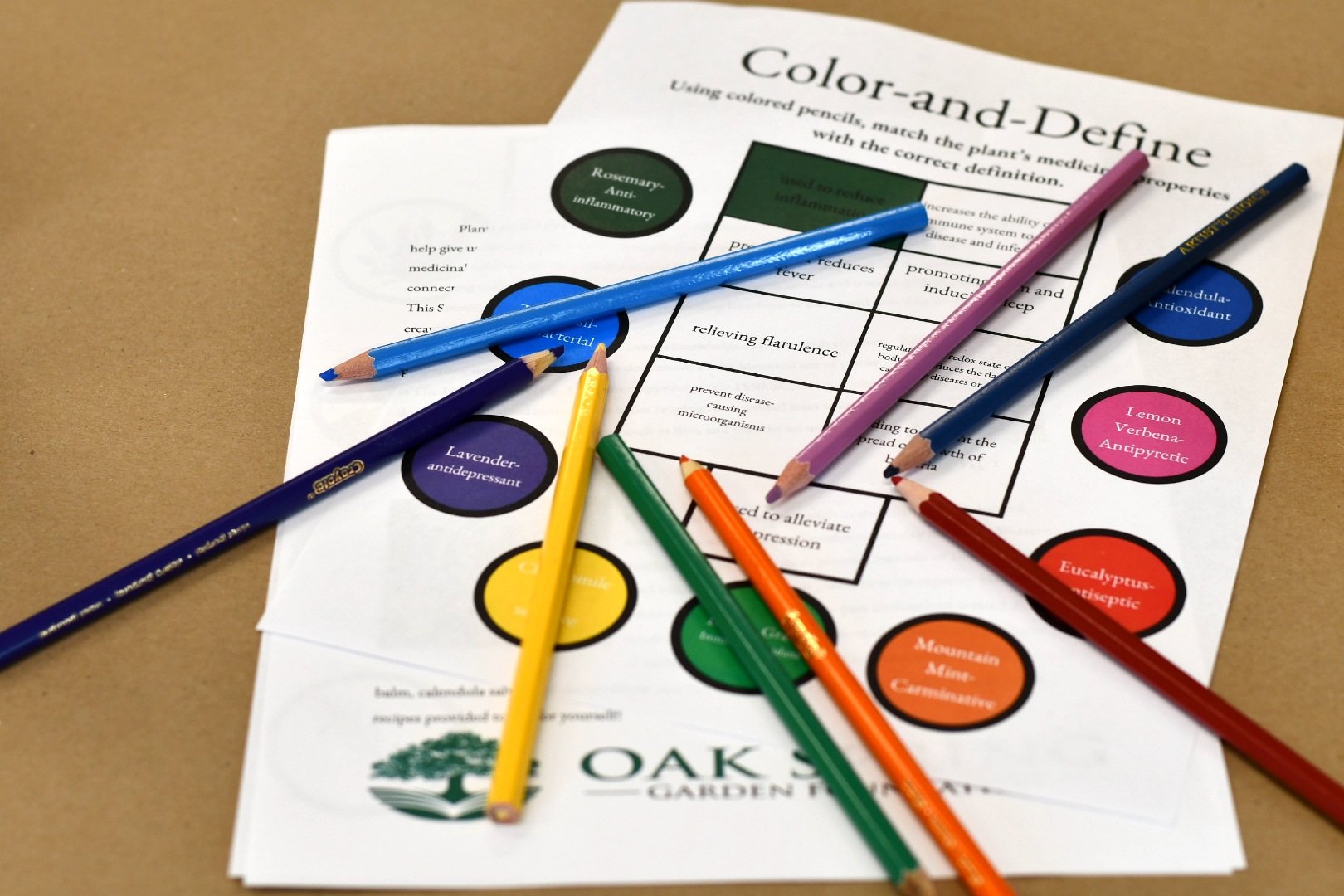
During a recent visit to Oak Spring, students at Foxcroft School had the opportunity to learn about the curative power of plants. They dove right in with an informative lecture led by Educational Outreach Director, Ginger Anderson about several popular plants and the properties that make them useful for treating ailments.
After the lecture, the students rolled up their sleeves and crafted their own remedies from scratch. Read below for the recipes!
Disclaimer: Please consult with a physician or health professional before using medicinal plants. Although herbal remedies have been used for centuries, the FDA considers herbal supplements a food, not a medicine. Therefore, they are not regulated and run by the same standards. These plants' effectiveness and safety can vary from person to person, and can have hazardous effects on those with allergies or an undiagnosed condition. Do not use it if pregnant or breastfeeding.
To learn more about the history of herbal medicine and remedies, view our exhibit on Google Arts & Culture here.
Lavender Lip Balm
Supplies:
1 cup Lavender infused oil (jojoba oil & lavender flowers)
Sieve or cheesecloth
Glass Measuring cup
1/2 cup of beeswax
Lavender essential oil
Pot
Hot Plate
Spoon
Balm tube and caps
Tube Holder
Labels
Steps:
1. After gathering materials, strain 1 cup of lavender oil with the sieve or cheesecloth in the measuring cup.
2. Add 1/2 of beeswax to the cup.
3. Heat the pot with low-medium heat, stirring continuously.
4. While the oil and wax melt, line the tube holder with empty balm tubes.
5. Once the wax is completely melted, remove from heat and add 4-6 drops of essential oil and stir.
6. Carefully pour the liquid into the tubes.
7. Allow the liquid to cool and solidify. Then, remove the tubes and place the caps on.
8. Label and enjoy.
Calendula & Peppermint Salve
Supplies Needed:
3/4 cup calendula-infused sweet almond oil
Cheesecloth or sieve
1/4 cup beeswax
Vitamin E Oil
Peppermint essential oil
Measuring cup
Pot
Hot plate
Tins
Stirring stick
Steps:
1. Strain the calendula from the sweet almond oil using the sieve or cheesecloth into a measuring cup to get 3/4 cup.
2. Measure 1/4 cup of beeswax and combine with the oil in a glass measuring cup.
3. Place the cup in a pot with water on the hotplate.
4. Melt over low-medium heat.
5. Add about 8 drops of Vitamin E oil and stir.
6. Add roughly 10 drops of peppermint essential oil and stir.
7. Once everything is combined, pour into the tins, label, and enjoy!
Herbal Hand Warmer
Supplies:
Dried Herbs
Flax Seeds
White Rice (not instant)
Essential Oils (Optional)
Funnel
Hand Warmer Pouch
Needle & Thread
Scissors
Jute
Labels
Large bowls
Steps:
1. Mix 5 cups of white rice with 3/4 cup of flaxseed and 4 cups of herbs in a large bowl.
2. Add essential oils to add more aroma and mix.
3. Put the funnel in the fabric square and the hole in the square.
4. Scoop roughly 1 cup of the mixture into the fabric until the bag is filled.
5. Sew the hole together with a needle and thread.
6. Add a label with jute.
7. Microwave for 15-30 seconds and enjoy.
Rose and Lavender Soap
Supplies:
Native Luffa
Cutting board and knife
Dried Rose Petals
Natural Soap Base
Scale
Lavender Essential Oil
Natural Colorant (Beet Root Powder)
Rubbing alcohol
Rubber Muffin Pan
Hot Plate
Glass Measuring Cup
Pot
Water
Stirring Stick
Oven Mit
Bags and Stickers
Steps:
1. Peel the luffa, remove seeds, and cut in half.
2. Place 1 half luffa in each muffin cup.
3. Cut 2 pounds of soap base into small pieces and place in a glass measuring cup.
4. Add water to the bottom of the pot and boil on the hot plate.
5. Place the glass measuring cup in the hot water.
6. Stir occasionally until the base is melted.
7. Add the plant colorant and a teaspoon of alcohol and stir.
8. Add essential oils and stir.
9. Pour the mixture into the muffin pan equally and sprinkle the rose petals into the mixture.
10. Place in the refrigerator to cool. Once it’s solid, take them out of the pan.
11. Label the product in the bag and sticker.
Citrus & Calendula Sugar Scrub
Supplies:
1 cup of calendula-infused sweet almond oil
2 ¼ cups fair-trade white sugar
1 tablespoon of lemon zest
10 mL of homemade lemongrass essential oil
10 drops of vitamin E
10 Large tins
Funnel
Glass bowl
Spoon
Steps:
1. Combine sugar, essential oil, vitamin E oil, and almond oil.
2. Put one drop of oil on the bottom of each tin for extra scent.
3. Funnel the scrub in each tin until filled.
4.Label and enjoy!
Rose & Lavender Facial Spray
Supplies:
7 Roses
Filtered Water
6-8 Small Spray Bottles
Lavender Essential Oil
Hot Plate
Pot
Sieve
Ribbon and Tags
Steps:
1. Take petals off each rose. Hold the base of the petals and carefully tear the stem off. The petals should separate easily.
2. Place petals in a large pot and cover with filtered water. Only add enough water to cover the roses. Press gently on the rose petals to submerge them.
3. Turn the stove to medium heat and bring to a boil. Cover the pot and let simmer for about 15 minutes, or until the petals have fully lost their color.
4. Place the sieve over a large bowl and pour rose water into the strainer. Cover rose water and let cool.
5. To assemble face mists, add 1 oz rose water for every 3 oz water to the spray bottle. Add 2-3 drops of your favorite essential oil and screw on the lid. Shake to distribute to the oil and mix the rose water.
6. Label and enjoy!
Lemongrass Essential Oil
Supplies
Two 1-quart canning jars
4 to 5 lemon stalks or more as desired for potency
Quart-sized or larger glass jug or container
Mortar and pestle
1 quart almond oil
Cheesecloth
Brown or blue glass bottles with lids for storage
Steps:
1. Cut up two lemongrass stalks and crush them with the mortar and pestle to release the oil.
2. Add the crushed lemongrass stalks to the jar and cover themwith oil. Place an airtight lid on the jar and store it in a sunny location for two days. Choose a spot that receives ample sunlight and heat throughout the day.
3. Strain the lemongrass oil through cheesecloth after two days into the second quart jar. Cut up two more lemongrass stalks and crush them as you did in Step 1 before adding them to the second quart jar. Place back in the sun for two more days.
4. Repeat these steps as needed until the lemongrass reaches the desired level of potency testing by smelling it.
5. Drain the lemongrass through cheesecloth into dark brown orblue bottles for storage. Tightly fasten the lids on the bottles and place them in a cool, dark place, such as a pantry, for storage.
